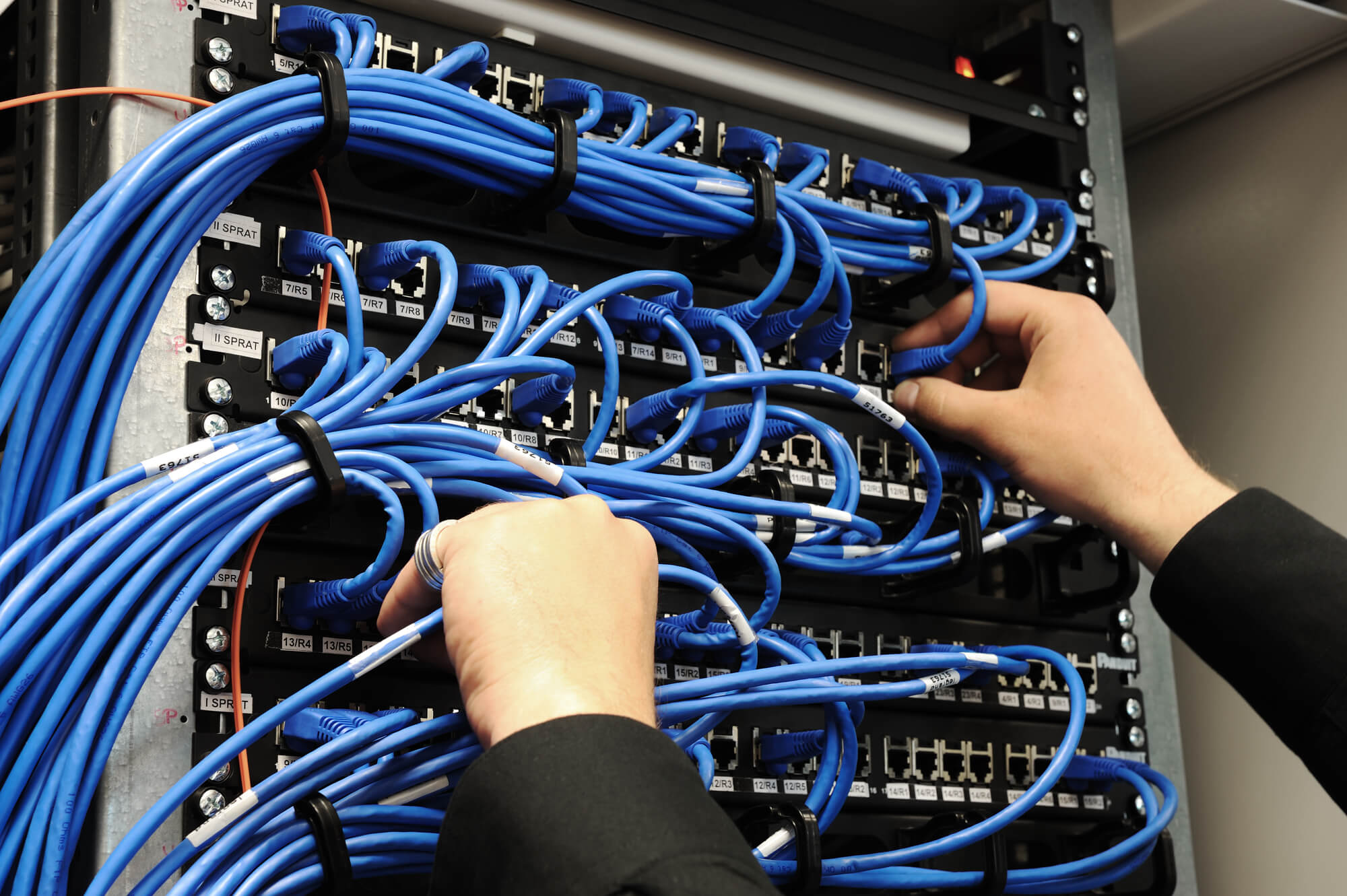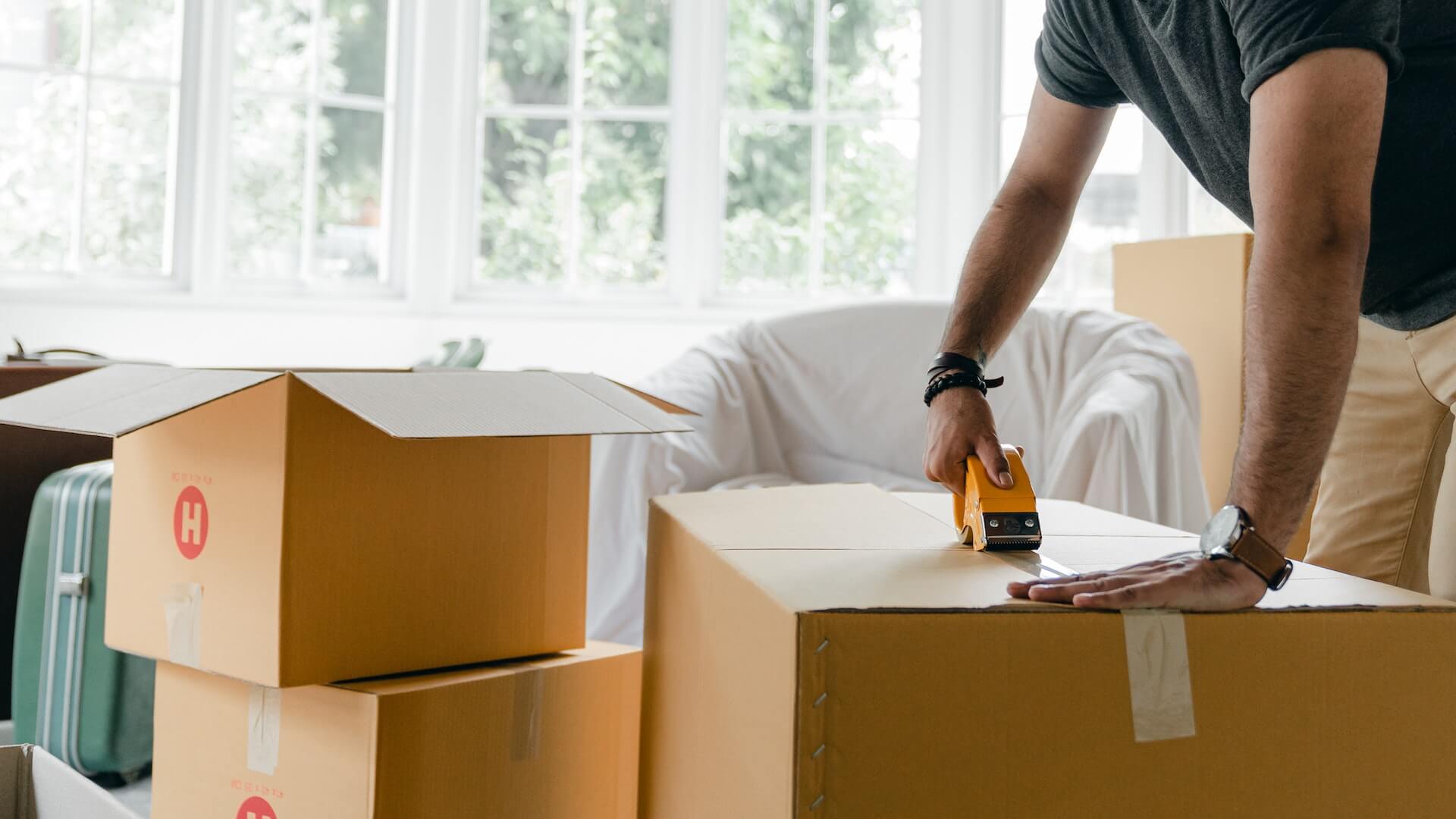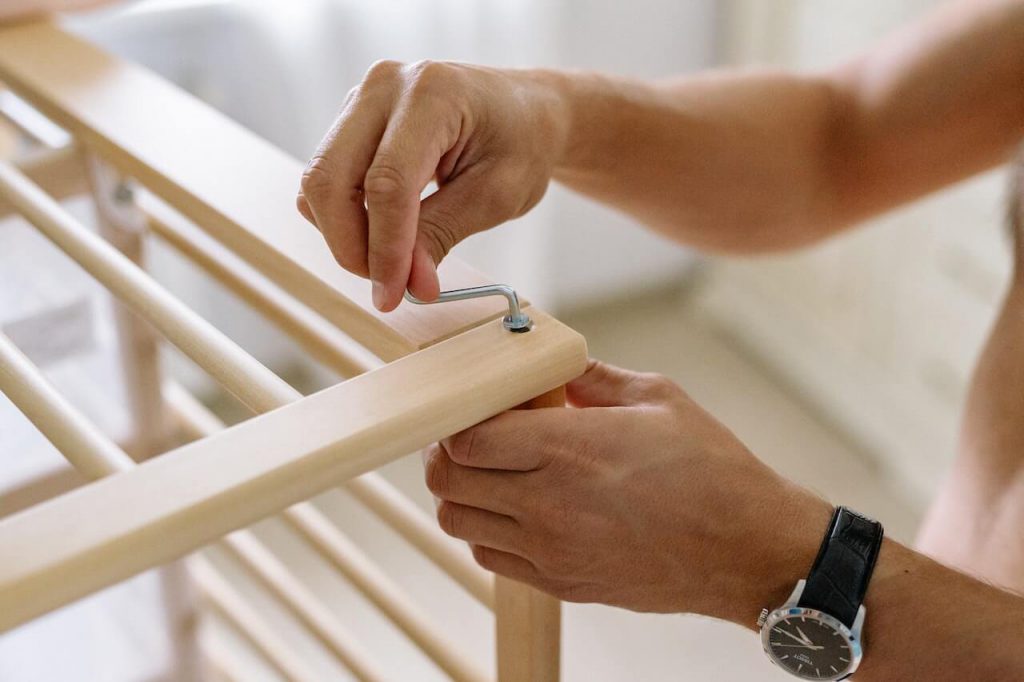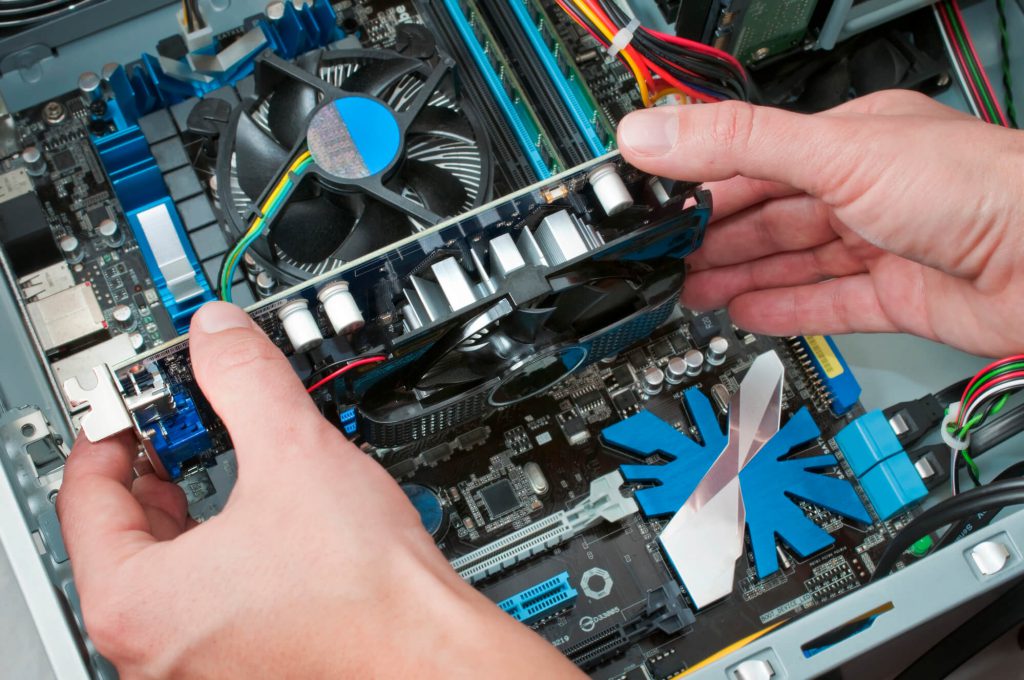Office relocation is a natural part of your business’ life cycle. Maybe you need a larger space to accommodate new employees. Or maybe you’ve just found a location that better serves your client base. Whatever the reason, moving offices can seem daunting at first. That’s why we’ve put together this office relocation checklist to help you take it one step at a time.

If you don’t have the time to plan and oversee an office move yourself, our dedicated project managers can take away the strain. During pre-move planning meetings, we can discuss your move with you, and come up with a detailed plan of exactly how to pull it off.
Whether you’re using our office relocation services or going it alone, use this checklist to make sure you have everything covered during your move.
BEFORE THE MOVE
- Audit your equipment
- Plan your new office layout
- Examine your new location’s facilities
- Audit your new site’s comms room
DURING THE MOVE
- Pack non-essentials
- Relocate comms room
- Dismantle and relocate furniture
- Pack and move computers
- Set up furniture and IT equipment
AFTER THE MOVE
BEFORE THE MOVE
1. Audit your equipment
Before you start moving your office, you need to complete a full audit of everything you currently have in your office, and everything you want to move. This includes audits of all furniture, files, and IT equipment. You can’t plan the rest of the move before you do this, so make sure you get it done at least 20 days before moving day. The most important document that an equipment audit will produce is a straightforward list of everything you’re moving. Keep this list handy throughout the move to make sure everything is accounted for at every stage.
Before you start moving your office, you need to complete a full audit of everything you currently have in your office, and everything you want to move. This includes audits of all furniture, files, and IT equipment. You can’t plan the rest of the move before you do this, so make sure you get it done at least 20 days before moving day. The most important document that an equipment audit will produce is a straightforward list of everything you’re moving. Keep this list handy throughout the move to make sure everything is accounted for at every stage.
2. Plan your new office layout

Once you have a full record of everything you’re moving, you’ll be able to start planning your new office layout. Once you’ve measured the space and decided where everything is going to go, draw up a floor plan. This will help you or your movers and fitters know where to place your furniture and equipment when they get it to your new office. You should use this opportunity to order new furniture if you need to, so it has plenty of time to arrive.
3. Examine your new location’s facilities

Once you’ve tackled the pre-move admin, take the time to check everything at your new site is in full working order. This includes the plumbing, electrics, kitchen, and bathroom facilities. If there are any problems, you’ll still have time to fix them before you move in. Arrange to have any repairs made as necessary, ensuring everything is ready and prepared for the big office move.
4. Audit your new site’s comms room
To avoid turning up at your new office with more computers and servers than the plug sockets can handle, check that your equipment will fit in your new comms room. If you need more capacity, you will have time to call in electricians to address the situation.
DURING THE MOVE
5. Pack non-essentials

Start packing decorations and bulk filing cabinets around two days prior to your move. Staff can keep working mostly without issue if these items are gone, so they’re classed as non-essentials. At this point, you’ll need to have packing crates ready. Ensure everything is safely packed away, and use bubble wrap, tape, and any other packing materials as necessary, keeping everything as secure as possible. If you’re working with Evolve Relocation, we can have crates delivered to your property and pack up your non-essentials for you.
6. Relocate comms room
The first things to move to your new office should be equipment and furniture from your comms room. Safely decommission and disable your servers, switches, and uninterruptible power supplies (UPS), and carefully wrap and pack them in IT cages. We have a team of IT experts who can do this for you, ensuring that your equipment remains undamaged. Transport the equipment to your new office, unwrap and mount your servers into the new racks, and reconnect the network cabling. Or you can follow this IT office relocation checklist to make things easier.
7. Dismantle and relocate furniture

While your IT servers are being set up in your new office, you can start moving in the larger pieces of furniture. Dismantle things like desks, cabinets, and meeting tables, ensuring that every piece is labelled and all screws and bolts are kept together to make them easier to reassemble in the new office. This should ideally be done on a Friday or Saturday rather than the middle of the week, in order to minimise disruption to your business to give you the weekend to make sure everything is set up.
8. Pack and move computers
Take down any TVs from the walls, and ensure these are carefully wrapped before moving. Begin loading the removal trucks and transporting filled trucks to the new office to be unloaded. Ensure all IT equipment, such as computers and laptops are packed with their own wires, keyboards, and trackpads, and labelled according to staff member. You should aim to deliver all the crates to the correct locations within the office to make it easier for the fitters to unpack and assemble everything the new office.
9. Set-up furniture and IT equipment

If you have new furniture for the office, begin constructing it as you assemble the rest of the existing desks and chairs. Furnish the office according to your floor plan, ensuring that all IT equipment is safely placed on the relevant desks, chairs are assembled and properly spaced out around the new office, and any extras, such as TVs, are correctly installed.
AFTER THE MOVE
10. Unpack non-essentials and fine tune the office
Things like bulk filing cabinets, decorations, and other non-essentials can now be unpacked and placed neatly away in the new office space. This should be done after the move, on the Monday morning, when staff are back in and can assist with filing documents away. Managerial staff and team leaders will then be able to fine tune their workspaces and departments, ensuring everything is up to their standards.
Take this first day to let staff get acclimated to the new workspace, and hand out things like entry fobs, key cards, or passes to ensure they can easily enter the office.
11. Update your contact info

Let any service and utility companies know you’ve moved to a new office, and give them your new address. Everything from subscription service suppliers to maintenance engineers should be aware of your new address. Place an order for new business cards with your updated address and assign someone to update all the contact info on your website.
12. Enjoy your new office!
Once you’ve finished moving in, you can plan an office-warming party, and draft a press release to let clients know you’ve finished moving. Then simply enjoy the new space with your staff. Moving office is a big project, so take some time to celebrate.
